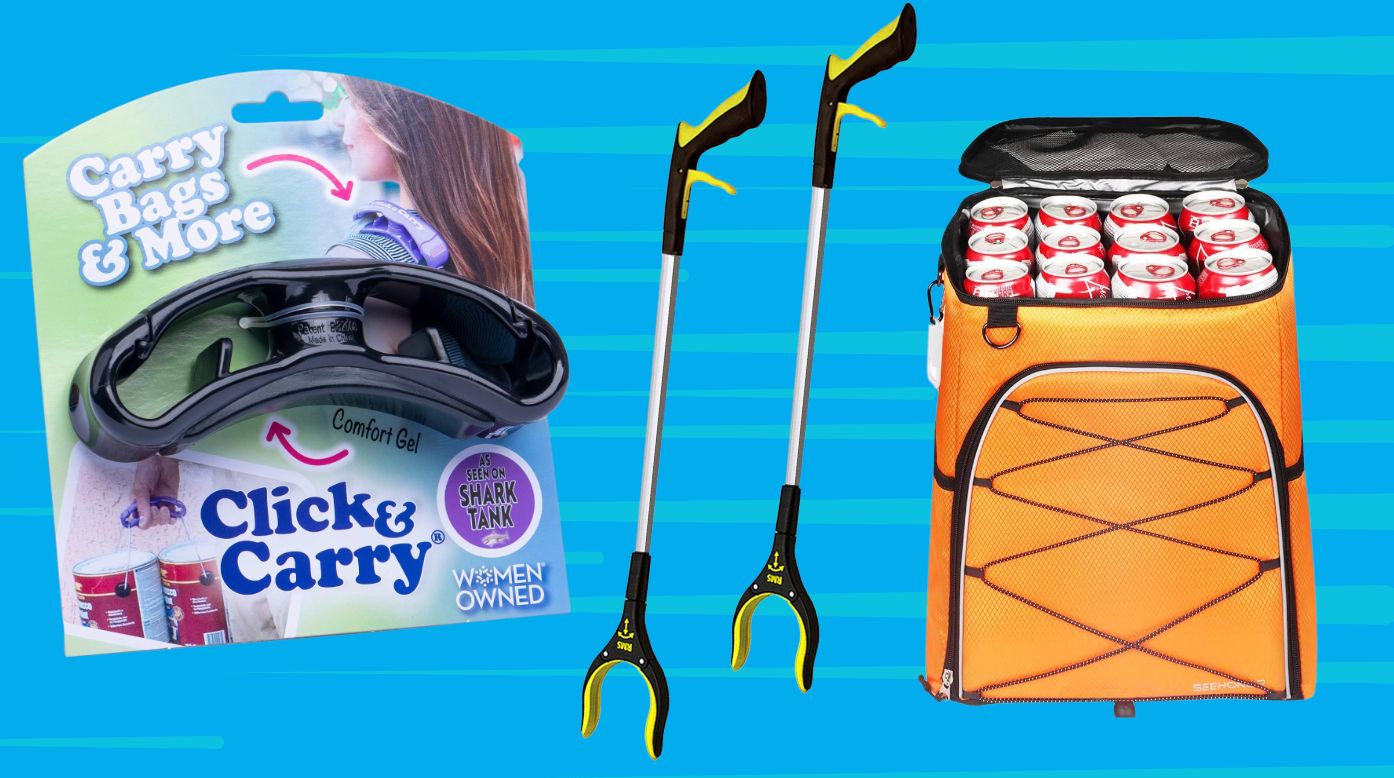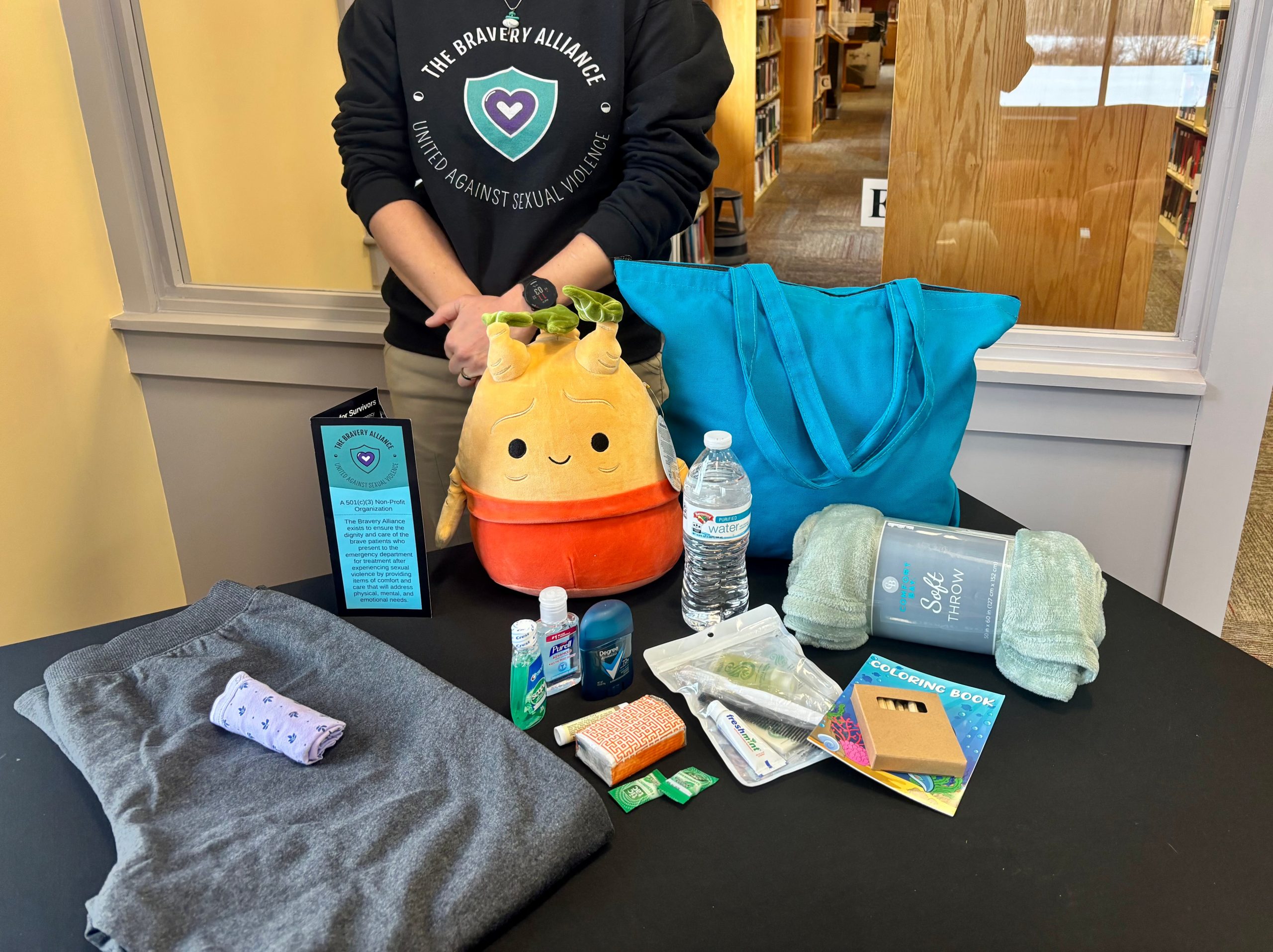Grocery shopping can be a daunting task for those with limited mobility, but with expert advice and the right tools, navigating the aisles becomes much more manageable. From strategic planning to innovative gadgets, professionals share their top tips to ease the shopping experience.
15 Products To Make Grocery Shopping Easier For People With Limited Mobility

Key Takeaways:
- Grocery shopping poses significant challenges for individuals with limited mobility.
- Seeking assistance from customer service and utilizing in-store mobility aids can ease the shopping process.
- Shopping during non-peak hours reduces stress and allows for easier navigation.
- Tools like extender grabbers and carrying aids significantly reduce physical strain.
- Organizing grocery lists by aisle can streamline the shopping experience.
Navigating the Challenges of Grocery Shopping
Bending, grabbing, reaching, pushing, and lifting—grocery shopping requires a lot of movement. This multi-step errand can be particularly difficult for older adults, individuals recovering from injuries, or anyone with limited mobility. The physical demands of maneuvering through aisles, reaching for products on high or low shelves, and carrying heavy items can turn a routine task into a significant hurdle.
Expert Insights on Making Shopping Easier
According to Cathy Ellis, a retired physical therapist and former clinical director of the spinal cord program at Medstar National Rehabilitation Hospital in Washington, D.C., grocery shopping can present extra challenges for those with mobility limitations. Ellis suggests, “Going to customer service to ask for assistance when grocery shopping in person and utilizing the mobility scooters or motorized shopping carts available for use.” Utilizing these resources can alleviate some of the physical strain and make the experience more manageable.
Jim Wynne, a Certified Orthotist and Prosthetist (CPO), echoes this sentiment and recommends shopping during non-peak hours. “Fewer people and carts in the aisle can give you more room to safely move around without feeling rushed or pushed,” Wynne advises. This strategy not only makes navigation easier but also allows store staff to have more bandwidth to provide assistance if needed.
Tools to Reduce Physical Strain
Beyond strategic planning, certain tools can significantly aid in making grocery shopping less strenuous. The number one device that Ellis and Wynne recommend is an extender grabber . This handy tool helps shoppers reach products on high or low shelves without bending or overextending. A popular option comes as a pack with two 34-inch extenders featuring a rotating jaw. These grabbers boast a 4.8 overall rating, with thousands of five-star reviews applauding their usefulness, especially for wheelchair users.
Innovative Carrying Solutions
Ellis also suggests using a backpack while shopping to eliminate the need for a cart and to more easily carry purchases. A leakproof cooler backpack that holds 25 liters can be a practical choice, offering extra pockets and sections for organization. One user noted, “It holds a lot of groceries which makes grocery trips exponentially easier, comfortable, and lightweight.”
For those looking to reduce trips between the car and home, devices like multi-bag holders or foldable carts can be invaluable. As one reviewer shared about a folding cart, “This makes hauling groceries up my steps much easier and can usually do six bags in one trip.”
Proactive Planning for a Smoother Experience
Planning ahead can further streamline the shopping process. Organizing a grocery list by aisle can minimize unnecessary movement and time spent in the store. Ellis recommends this approach to “eliminate extra stress and strain on your body,” allowing for a more efficient and less taxing trip.
Embracing Accessibility
Grocery shopping doesn’t have to be an overwhelming task for individuals with limited mobility. By seeking assistance, utilizing mobility aids, and incorporating helpful tools and strategies, shoppers can navigate the aisles with greater ease and confidence. Implementing these expert-backed tips can transform a challenging chore into a more accessible and manageable activity.











